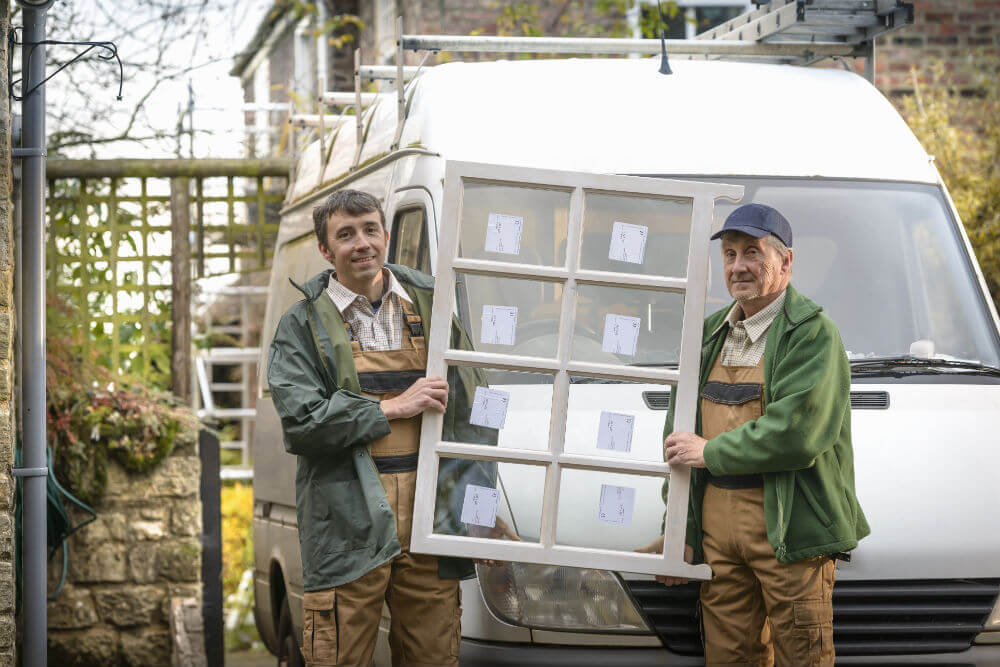Tips for replacing windows
You can save money or your home's character by picking the right window replacement
Advertisement
You can save money or your home's character by picking the right window replacement


Aside from a bit of glass cleaner and a weekly wipe, you really shouldn’t notice your windows. Windows let light into your home and add character to your castle. But if you start to notice condensation, drafts or rattling noises from your windows, it’s time for an upgrade.
Gone are the days when a new kitchen or bathroom would wow a buyer into overlooking importance household components such as windows. In fact, whether or not windows have been upgraded is one of the top five inquiries made by potential buyers. And why not? On a typical 3-bedroom home it can cost anywhere from $6,000 to $10,000 to upgrade to basic, weather-efficient slider/picture windows—throw in custom, non-standard white frames, or unique features and prices start to jump even higher.
The good news is that investing in new windows really can create curb appeal and with the right choices or some simple design finishes, it can make a dated exterior look fresh and appealing.
Here are some telltale signs that your windows need replacing. If you notice:
**Drafts **Condensation and fogging **Rot or mould **Cracked caulking
When buying new windows, you’ll want to remember: High/Low. High is for high R-value, which determines how well a window prevents heat loss. Low is for low emissivity—otherwise known in the industry as Low-E—and this is the method windowmakers use to reflect the heat to the warm side of the glass (so in cold weather heat stays inside and in warm weather heat stays outside).
You have two choices when it comes to window installation: retrofitting (inserting new windows into the existing casing) or brick-to-brick (stripping out the windows and frames and starting fresh).
Retrofitting is typically less expensive, but brick-to-brick is typically the more energy-efficient option. That said, this rule of thumb isn’t always the case. For instance, if you live in a home built pre-1950, you will want to seriously consider not replacing all your windows. That’s because you probably have window frames built out of old-growth wood—a much more resilient wood that as superior rot and warp resistance and holds paint much better than newer wooden frames. Now, after costing out the retrofitting of these old-growth frames with new low-E glass, you may find there’s not much difference than if you were to replace with new vinyl-framed windows. The difference, however, will be in your home’s curb appeal. Unless you upgrade—and pay the steeper sticker price—new windows just don’t have the charm, character and warmth of old-wood frame windows. Ripping out the old windows, then, could seriously impact the value of your home. Does that mean you can’t get efficient windows in an old home? No. A number of studies were conducted over the last decade and each came to the same conclusion: There is very little difference in the heat efficiency between a brick-to-brick new window replacement and a retrofitted window combined with a storm window, as long as the windows were low-E.This is the fun part. Regardless of whether or not you retrofit or replace, you can opt for a number of different types of windows. Here are descriptions of the most common types of windows:
Casement Swinging in and out like a door and operating with a crank, they offer a high level of ventilation and have a tight seal when closed. This is a great choice for hard-to-reach or awkward places because they’re easier to open. Double-hung These windows consist of two sashes that move up and down. They are great for ventilation and complement any style of home—although are really popular with retrofits and upgrades on older homes. Picture Large and fixed they can also be flanked by two casements or double-hung windows on either side. Because of their big, dramatic shape picture windows let in lots of natural light and provide unobstructed views—which is why the price tag for these windows is quite a bit higher (and why they are used as a statement on a house, not for every room). When planning to use a picture window in a room, remember that these windows, by themselves, do not offer ventilation. Bay Made up of one large fixed window in the middle and a casement on either side, they project from an exterior wall and are a staple in many Victorian-style homes. If you’re planning on installing a bay window, you will need to talk to a structural engineer, as these windows are quite heavy often require additional structural support.Many people don’t realize it, but in just about every city in Canada, if you’re installing a new window where one didn’t previously exist or enlarging an existing window opening, you will have to get a building permit.
Read more from Romana King at Home Owner on Facebook » For more go to: Save money when replacing windows Make smart home renovation investments Paying for better home heat efficiencyShare this article Share on Facebook Share on Twitter Share on Linkedin Share on Reddit Share on Email